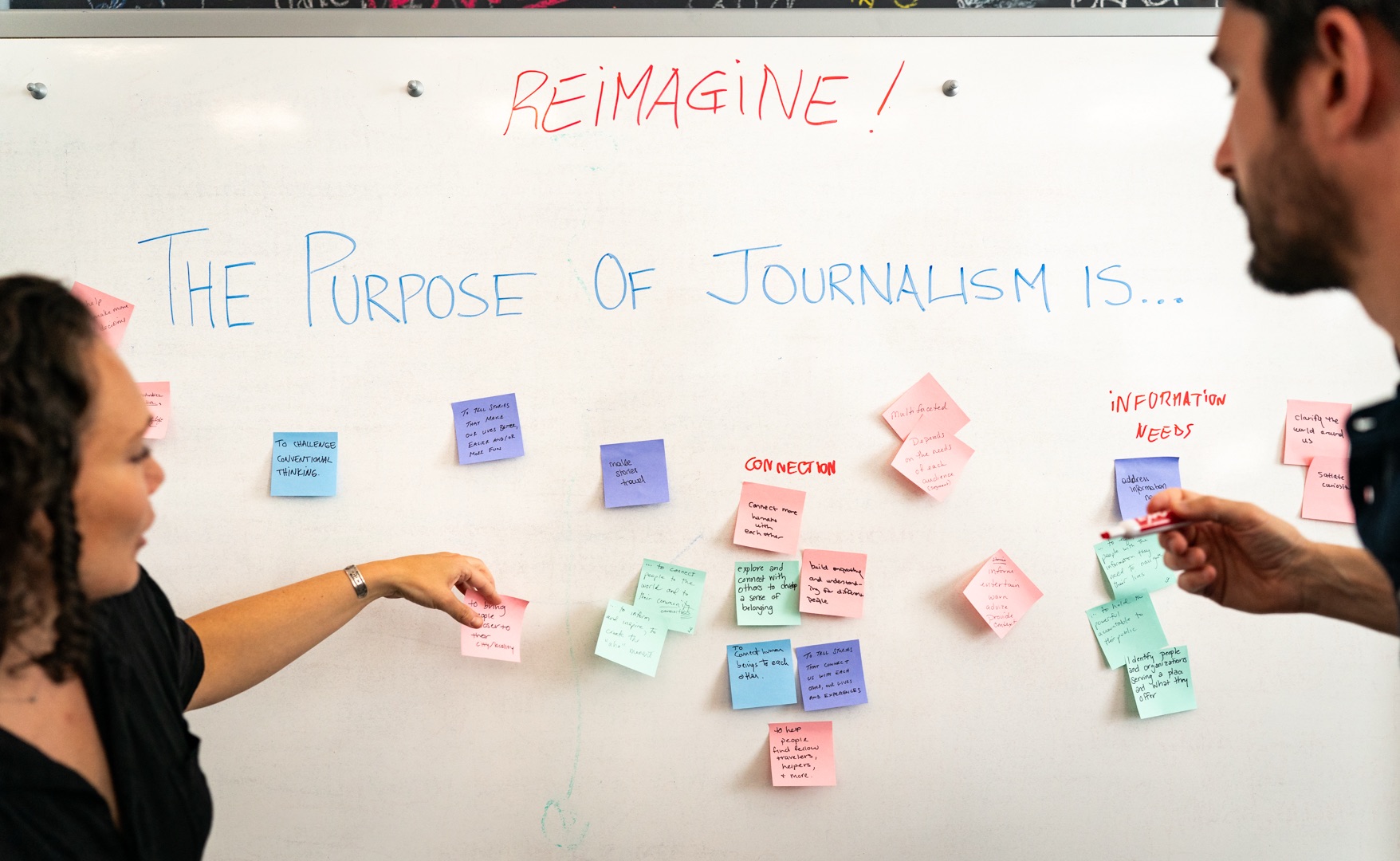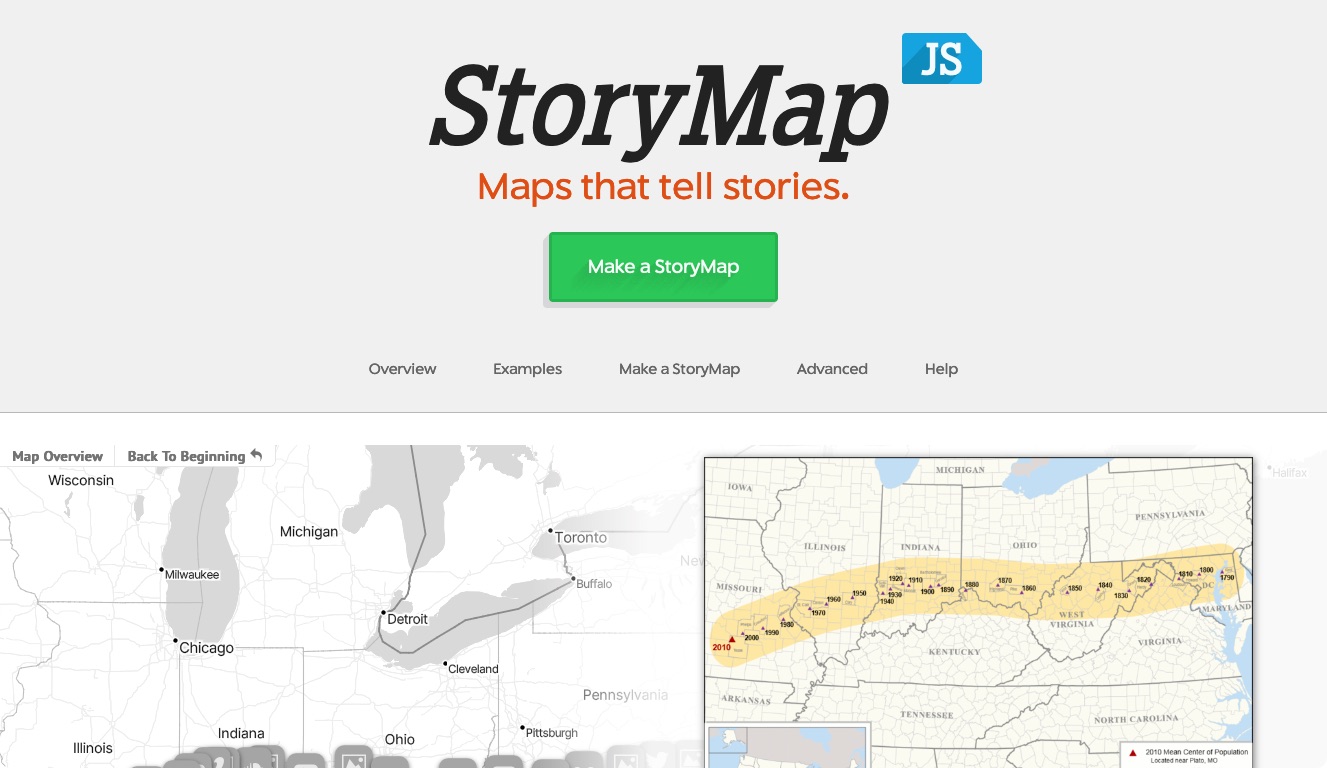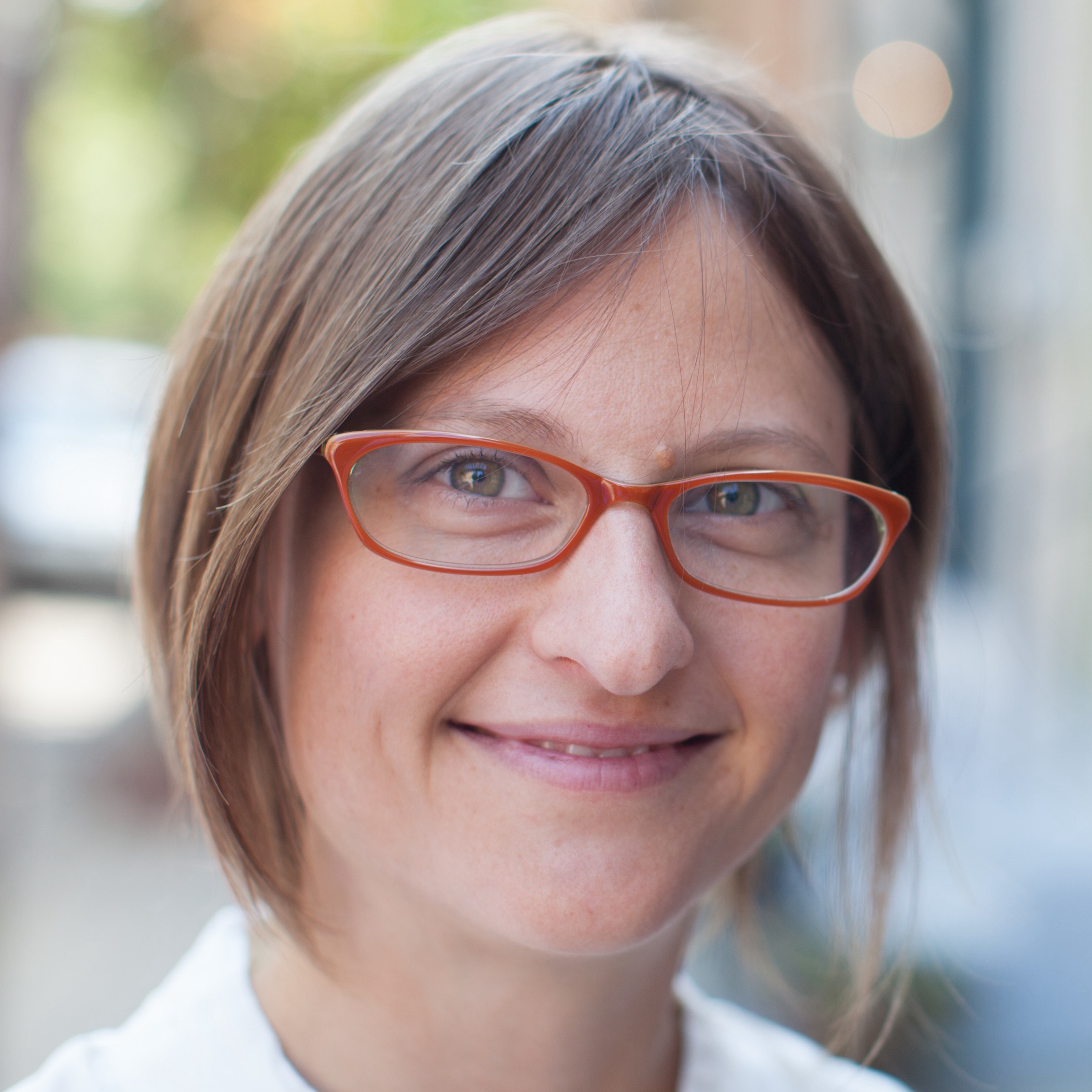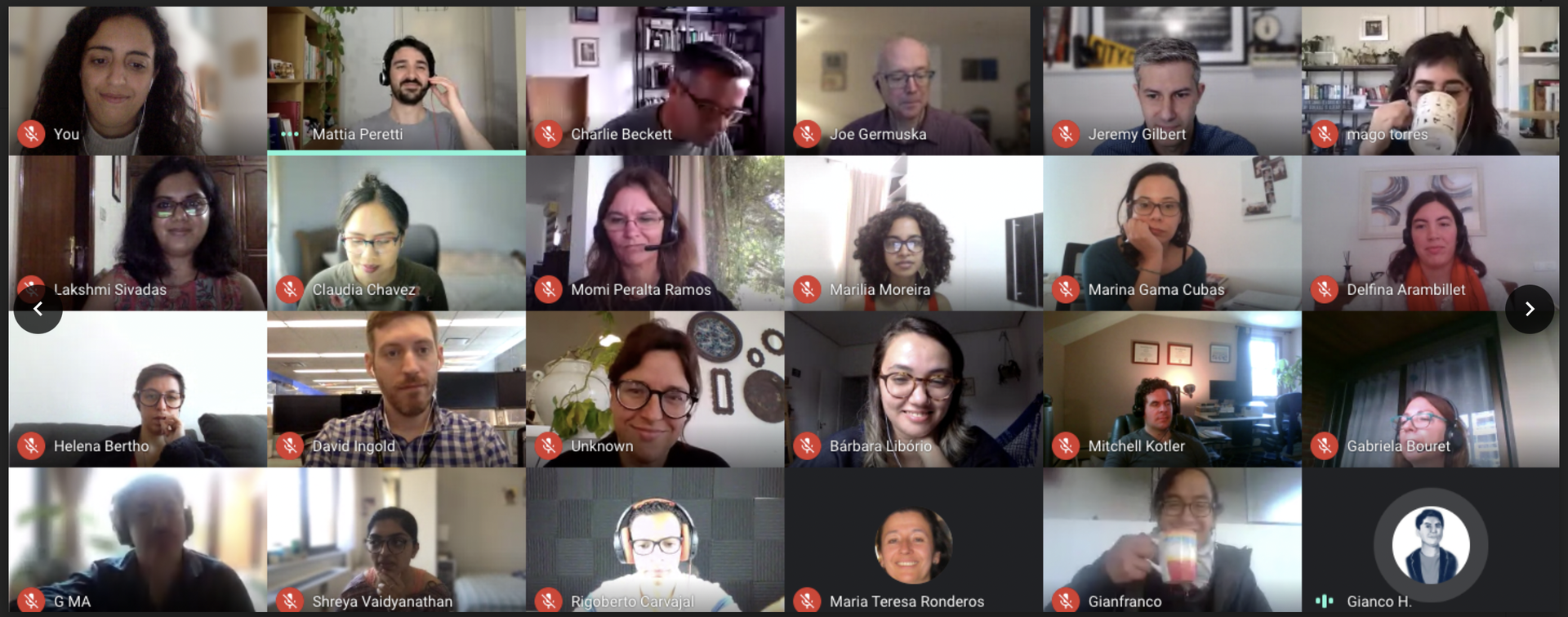Was Computation + Journalism an academic conference or an industry conference?
It's hard to say, especially when nearly every panel through its two days featured a working journalist and an educator, and an equally diverse audience pressed questions from many ends of the field.
Unsurprisingly, the debates that came to the fore early and often centered around that intersection between educators and practicing journalists. As a student in a journalism school, I paid special attention to the discussion around what students should be learning in journalism school to prepare them for becoming a practicing journalist.
During his presentation, Storytelling with Data Visualization, Alberto Cairo finished his opening statement by asking, "Should all journalists learn to code?"
While he didn't answer the question explicitly, I answer yes — with a caveat.
Do all journalists need to learn how to create and maintain a dynamic, data-driven application on their own self-hosted server? Probably not.
Do all journalists need to know how to get their content on the web and present it effectively? Absolutely. HTML and CSS skills are essential to succeeding at any publication with a web product — that is, any publication with a pulse.
But many programmers will say "HTML is not coding; it's markup." True. Which is why we need to go further and teach the fundamentals of programming. It matters not if you teach Python or JavaScript or R, (indeed, students could choose based on their interests) because those tools will almost certainly go away within any young journalist's lifetime.
What's more important, and Cairo agreed later in the panel, is the notion of computational literacy. Journalists need to know how to use the tools in front of them to make their stories better. They need to know what is possible and what is not. Even if they do not explore programming at a deeper level, they need to know how to work with developers in their newsrooms.
At many different levels and throughout many panels, Computation + Journalism dealt with how to integrate computational literacy into our journalism schools. Philip Meyer opened the conference by stating that journalism is in a "state of chaos." Something new is going to come out of the chaos, and we have to build it. Why not start at the journalism school level? Meyer wondered if journalism schools couldn't take more of a role in defining what journalism is. If journalism is going to have a successful future, computational literacy has to be a part of the equation (in addition to storytelling, critical thinking, and other more traditional journalistic skills), and it has to come at the educational level.
Related to computational literacy is the notion that journalists must pivot from tool users to toolmakers. Meyer, Jer Thorp, Nicholas Lemann, and others harped on this point throughout the two days. The toolmakers in our field — Mike Bostock, Jeremy Ashenkas, and anyone who has ever open-sourced a project — have been indispensable, but we must not forget how to use the tools of others for our own bidding. The apps we create are built on the shoulders of the best open-source technology, and it takes a skilled user — indeed, a computationally literate user — to know how to piece everything together. Smart usage is an important component of learning how to work in web journalism.
So what model can journalism schools create to properly educate its students in a world of computational journalism? The model may already exist.
I spent a year studying music while at Northwestern, and I find that the new needs of a journalism school parallel that of a traditional music school or conservatory. At a typical music school, you will have (at least) three interdependent fields of study: performance, composition, and education. Performers require a special level of craft on their chosen instrument, perfecting tone quality, technical dexterity, musicality, and all the other facets that make a great performing musician. Composers learn how to create music that performers play, yet what makes classical music so interesting is the way different performers interpret compositions. Educators bridge the gap between performers and composers. In a way, they are performers themselves as conductors, but more importantly, they learn skills that help them rehearse a group of performers and teach them how to correctly interpret the composer's music within the context of the performing ensemble.
The analogues to journalism are easy to draw in the context of the tool using vs. tool making debate. Performers are our writers, reporters, photographers and videographers. They fall here because they are the tool users. Though certainly they carry elements of composers through their creative process, this is the same as how musicians “make music.” In this model, they perform journalism rather than create it through an already composed set of journalistic tools. The composers are our toolmakers, our developers that create the applications and libraries that modern journalism is founded upon. In the journalism world, the educators are our editors and project managers. They organize the groups of performers and define the voice of the publication. They choose the tools with which journalism will be performed. Like the conductor connects the performer to the composer and the individual to the ensemble, they connect the reporter to the developer and the story to the publication.
Certainly, this is not a perfect model, and I am not advocating for "Journalism Performance" majors. But the model helps divide the different needs this new world of computational journalism needs. We need both skilled users and creators as well as strong leaders to help keep us all together and lead our publications.
The questions raised at Computation + Journalism have already begun to define this divide in skill set. Are we all to be programmers and toolmakers, or simply understanding of the Internet's capabilities and able to perform them?
Certainly, we must all understand how computational journalism affects our craft. But the path to the composer will not interest every journalist, and it should not be for every journalist. Instead, just as every music student learns introductory music theory, but only some become composers, every journalist should learn introductory programming, and only some will become developers.
About the author





